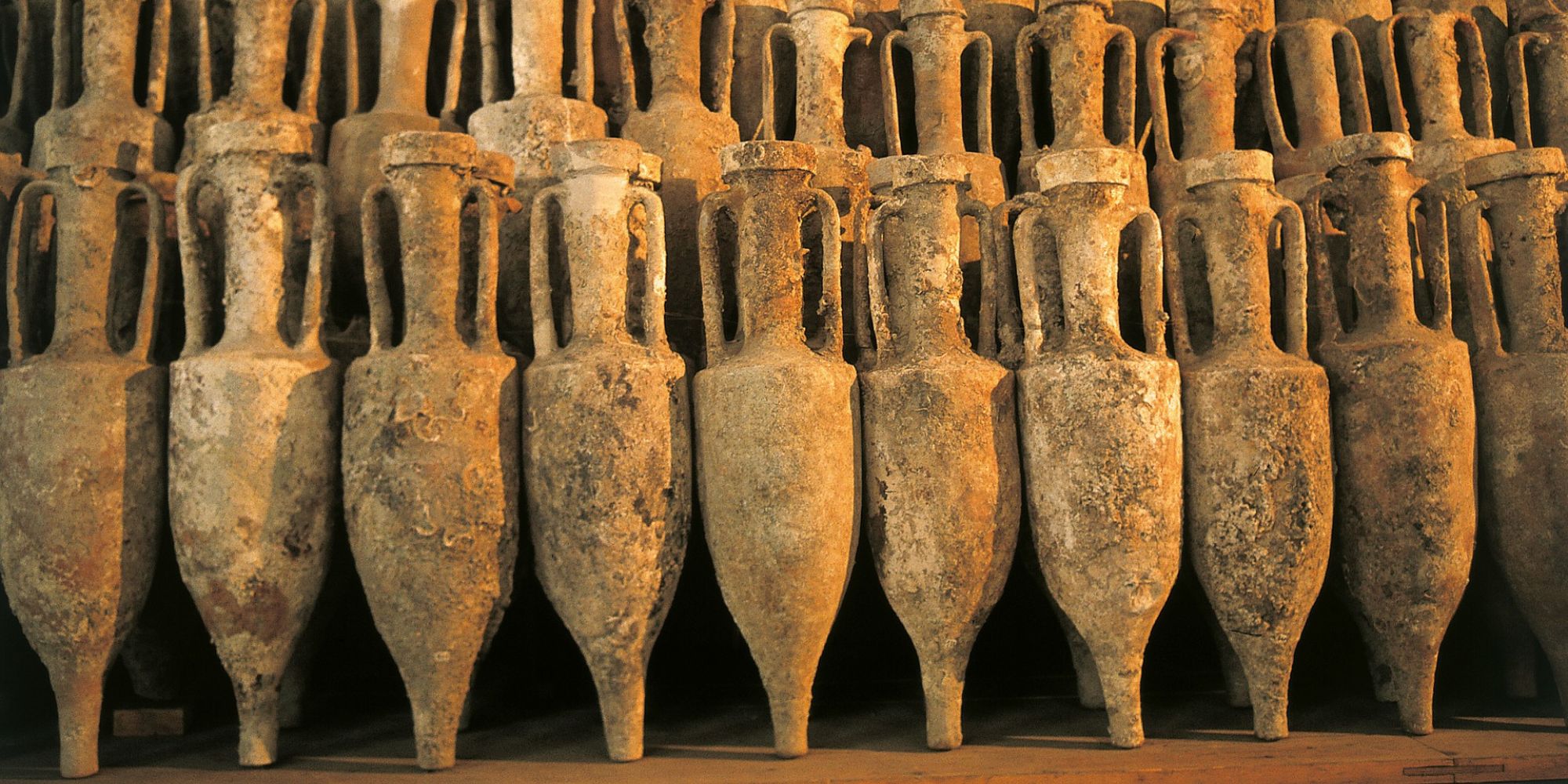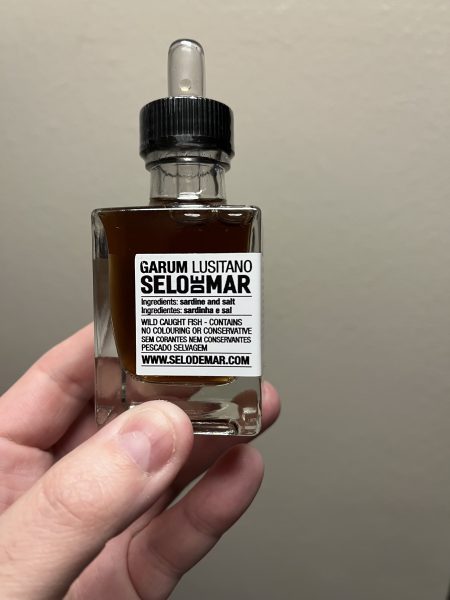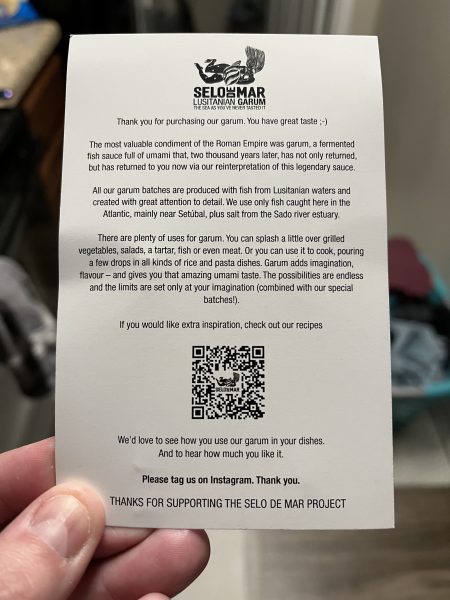Recently, I discussed my foray into Ancient Roman History and my purchase of a 1,700-year-old coin. With that small purchase, I was able to bring a little Roman history into my home. Having something related to the Roman Empire made it so much more real and only fueled my desire to learn more, and hopefully one day to experience some of what is left in person.
But that wasn’t the only purchase I made in relation to Ancient Rome. Nope, I bought something that makes most people turn their face up when I explain what it is. I bought some garum.
What is garum? Garum was the condiment of choice by Ancient Romans. Think of it as sort of a ketchup they put on everything. Garum contained a rich Umami taste which would make it more akin to soy sauce or fish sauce, which isn’t too surprising since it was a fermented fish sauce.

Of course, Wikipedia is a great read on a summary of garum, but the gist of how it was created is pretty simple. There were these vats where fresh fish were placed, covered in salt, and spices. The vats were then covered with a mat and left out to bake in the hot sun for months. At the end of the fermenting process, the sauce was separated from the bits of fish and then enjoyed on pretty much everything from fruit, meat, or vegetables.
So, how the heck did I get some garum made in Ancient Roman ruins? Well, I was reading Atlas Obscura which did an interesting piece on a group of archeologists who utilized the Roman ruins of Troia (in Portugal) to re-create garum. The exact recipe has been lost, but they partnered with a nearby chef to create a few batches utilizing the original fermenting containers. After reading the article, I went on a hunt for the chef who created it and came across the website for the project.
I was thrilled to see the garum was available for purchase. The total cost was just under $30 to have it shipped to the United States. It arrived in just under six weeks, and last week I decided to break it out and see how it tasted.
Now, I should say up front, I’m not a fan of fermented stuff nor do I like fish sauce. I knew this was a huge gamble, but I was hoping I could find some uses for it.
In order to experience it and not dilute the taste, I made some white rice and added a few drops. The garum is very potent, and it only needs a few drops to infuse the umami taste. I was shocked that it didn’t smell all that bad, it was more Earthy than anything else and the taste? Well, Earthy is another good word for it.
It wasn’t sour or bitter like I expected, nor did it taste like fish or seawater. It just had a bold taste that I could see being great in a soup or as part of a more complex dish. With rice, it was a little odd, I ended up adding a touch of butter to accompany it, and it made for a delightful little bowl of rice.
Now, would I add this to vegetables or fruit like the Ancient Romans? Heck no. Yuck.
But I do see this as getting some use in our kitchen. My wife is a talented cook and I’m excited to see what sort of bases and sauces she can create with the garum. I could see this mixing with a barbecue sauce and being slathered over wings for an interesting and tasty treat.
So, maybe the garum isn’t 100% authentic, but when else will I get to say I’ve eaten something made in ancient ruins? Probably never. Now… I want some olive oil from Hadrian’s estate made from 3,500 year old trees, but they don’t sell that online. I’ll have to go there in person to get a bottle of that.







I dig different tastes, so I would probably be OK with trying this. Honestly though, this is the first time I have ever heard of it. Good on you for stepping outside your comfort zone.
Thanks!!